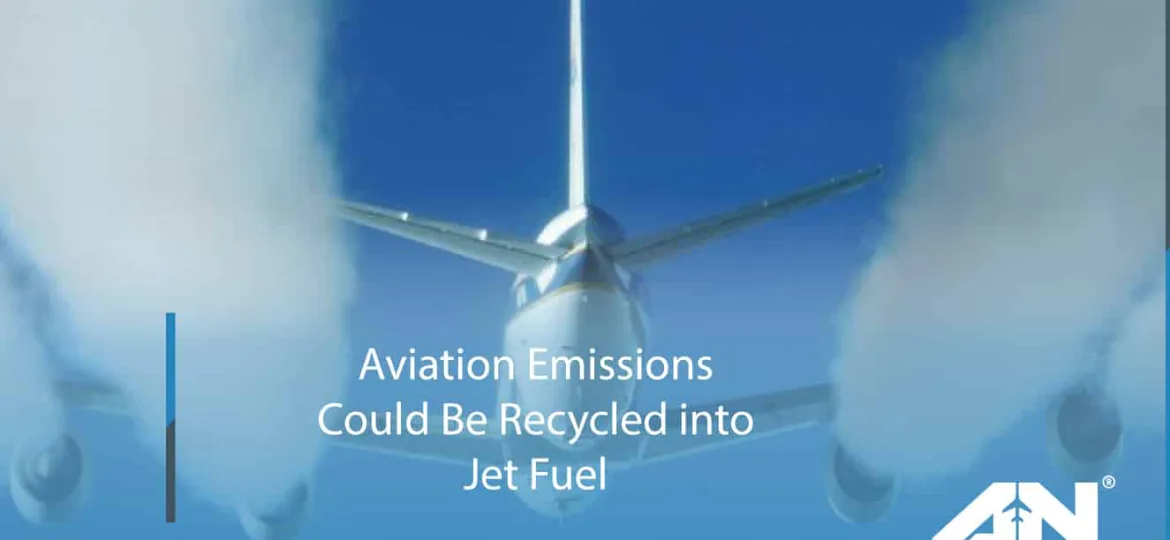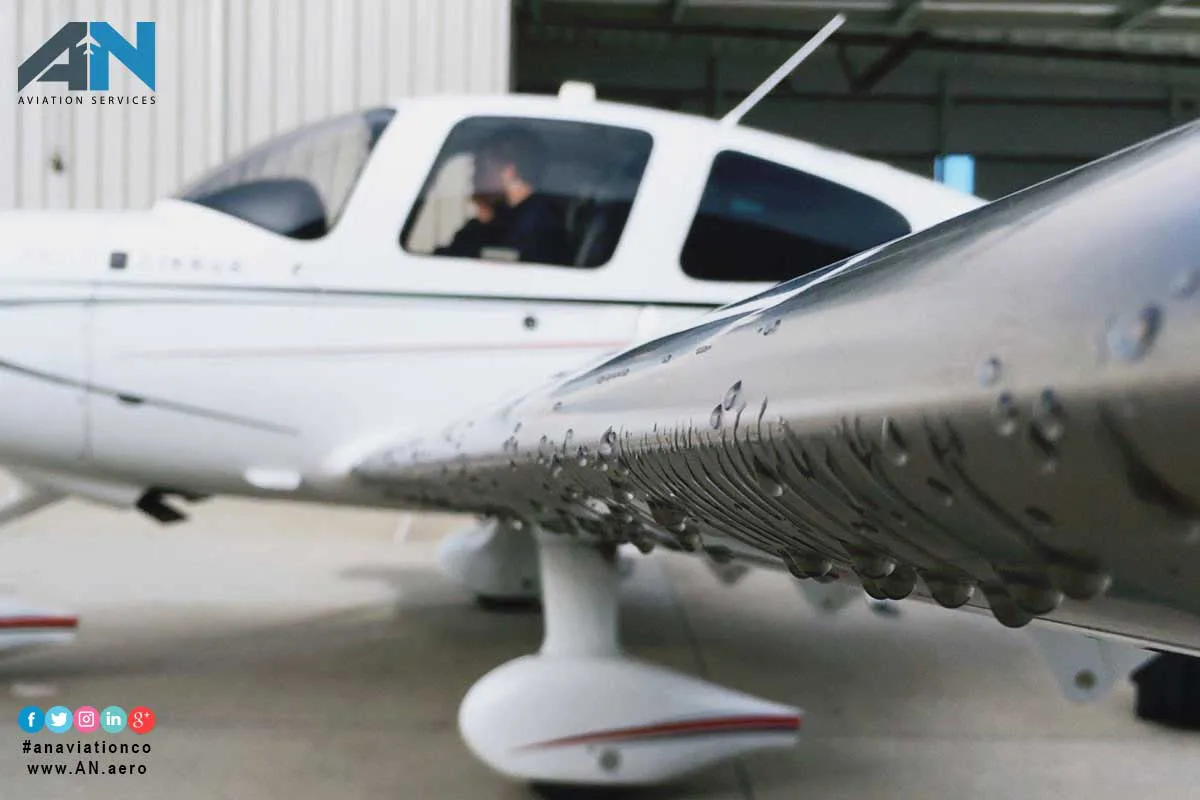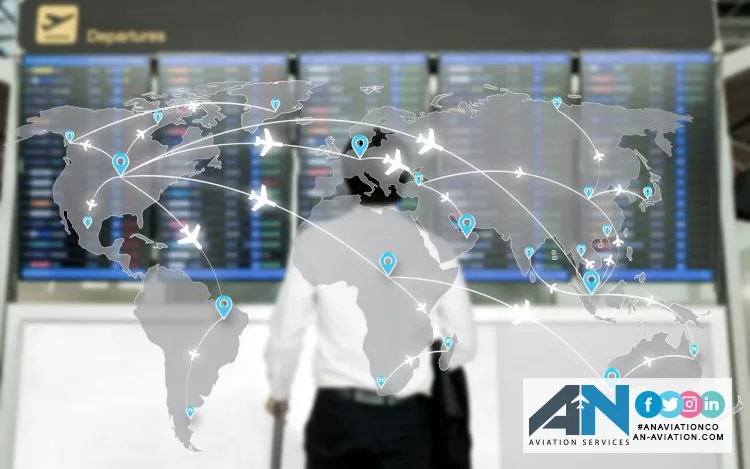
The aviation industry has long been a cornerstone of global connectivity, enabling people and goods to traverse the world at an unprecedented pace. However, it’s no secret that aviation emissions—primarily CO2 emissions from aviation—are a growing concern in the fight against climate change. With the industry returning to pre-pandemic levels of activity following the COVID-19 pandemic, addressing aviation’s contribution to climate issues has become an urgent priority.
Among the exciting advancements in sustainable aviation is the concept of recycling aviation emissions into jet fuel. This emerging technology has the potential to close the carbon loop, reducing global emissions while continuing to support the industry’s growth. But how feasible is this solution, and what could it mean for the future of aviation?
The Problem: Aviation’s Carbon Footprint
Before diving into the solution, it’s crucial to understand the problem. Aviation accounts for a significant portion of global emissions, with the industry contributing approximately 2-3% of CO2 emissions from fossil fuel combustion. While that figure may sound modest, the effects are amplified due to radiative forcing, which accounts for the impact of emissions at high altitudes, making aviation’s contribution to global warming more significant than its emissions percentage alone suggests.
In 2019, before the pandemic, global air travel reached its peak, with higher passenger loads and record flight frequencies pushing the industry to its limits. While advances in fuel efficiency and technological innovations have helped reduce the energy intensity of flights, the growing demand for air travel has outpaced these improvements. As airlines work to return to 2019 levels of activity, emissions are once again climbing, putting pressure on the industry to find sustainable solutions.
Recycling Aviation Emissions into Jet Fuel: The Concept
One of the most promising solutions to aviation’s carbon footprint is the idea of recycling aviation emissions—specifically CO2 emissions from fossil fuels—into jet fuel. This approach involves capturing carbon dioxide from the atmosphere or directly from the exhaust of aircraft engines and converting it into a usable fuel source.
This process is not only technically feasible but also aligns with the industry’s push for sustainable aviation fuels (SAF). Unlike traditional fossil fuel combustion, SAFs aim to reduce net emissions by using renewable or recycled carbon sources. By turning the CO2 emitted during flights into new fuel, airlines could create a circular system that minimizes their overall environmental impact.
The Science Behind It
The concept of recycling emissions into fuel relies on a combination of carbon capture technology and chemical conversion processes. Here’s a simplified explanation of how it works:
- Carbon Capture: CO2 is extracted from the atmosphere or directly from exhaust emissions using advanced filtration systems. This step is essential for creating the raw material needed for fuel production.
- Chemical Conversion: The captured CO2 is combined with hydrogen (often derived from renewable energy sources like solar or wind) to produce synthetic hydrocarbons, which form the basis of jet fuel.
- Refinement: The synthetic fuel is refined to meet the stringent safety and performance standards required for use in aviation.
This closed-loop system not only reduces the industry’s reliance on fossil fuels but also helps mitigate its contribution to climate change by actively removing carbon from the environment.
Benefits of Recycling Aviation Emissions
1. Significant Emissions Reductions:
By reusing carbon that would otherwise contribute to global aviation emissions, this approach could drastically cut the industry’s overall footprint. While it’s not a complete solution, it’s a vital step toward achieving net-zero emissions.
2. Energy Efficiency Improvements:
Unlike some alternative fuels that require significant land or water resources to produce, recycling emissions directly targets the source of the problem, making it an efficient use of existing carbon resources.
3. Alignment with Global Goals:
As international organizations push for ambitious climate targets, including capping temperature increases to 1.5 degrees celsius, technologies like this one could help the aviation sector meet its obligations without sacrificing growth.
Challenges to Overcome
Despite its potential, recycling aviation emissions into jet fuel is not without challenges.
Cost and Scalability:
Currently, the technology required for carbon capture and fuel synthesis is expensive and energy-intensive. Scaling this solution to meet the demands of the global aviation industry will require significant investment in research, infrastructure, and renewable energy.
Regulatory Hurdles:
The introduction of new fuels often faces regulatory scrutiny, as safety and performance standards in aviation are non-negotiable. Any new fuel must undergo rigorous testing to ensure it can match or exceed the reliability of traditional jet fuels.
Energy Source:
For this approach to be truly sustainable, the hydrogen used in the fuel synthesis process must come from renewable sources. Otherwise, the process risks offsetting its emissions reductions with additional energy consumption.
The Role of Sustainable Aviation Fuels (SAF)
Recycling emissions is just one piece of the larger SAF puzzle. Other forms of sustainable aviation fuels, such as those derived from municipal solid waste, agricultural residues, or algae, are also gaining traction. Together, these innovations represent a multi-pronged approach to reducing aviation’s carbon footprint.
Airlines are already incorporating SAFs into their fleets, with many committing to replacing a percentage of their traditional fuel with sustainable alternatives. This shift is expected to accelerate as governments and organizations introduce incentives and regulations to promote SAF adoption.
What Does the Future Hold?
The future of aviation hinges on balancing growth with sustainability, and recycling emissions into jet fuel could play a significant role in that equation. While challenges remain, the potential benefits—both for the industry and the planet—are too significant to ignore.
As airlines strive to meet pre-pandemic levels of activity, they must also adapt to a world increasingly focused on reducing carbon emissions. By investing in technological innovations, improving fuel efficiency, and adopting sustainable aviation fuels, the industry can chart a path toward a cleaner, greener future.
Recycling aviation emissions is more than a technological breakthrough—it’s a testament to the industry’s commitment to solving one of its most pressing challenges. With continued innovation and collaboration, the dream of a circular aviation system could soon become a reality.
Conclusion
The idea of recycling aviation emissions into jet fuel represents a bold and innovative step toward a more sustainable future for air travel. While the technology is still in its infancy, its potential to transform the industry cannot be overstated. By reducing reliance on fossil fuels, cutting carbon emissions, and embracing renewable energy, the aviation sector has an opportunity to lead the way in the global fight against climate change.
As the world moves toward achieving its climate goals, solutions like this one will be essential in ensuring that aviation remains not only a vital part of our global economy but also a responsible steward of the environment.
















